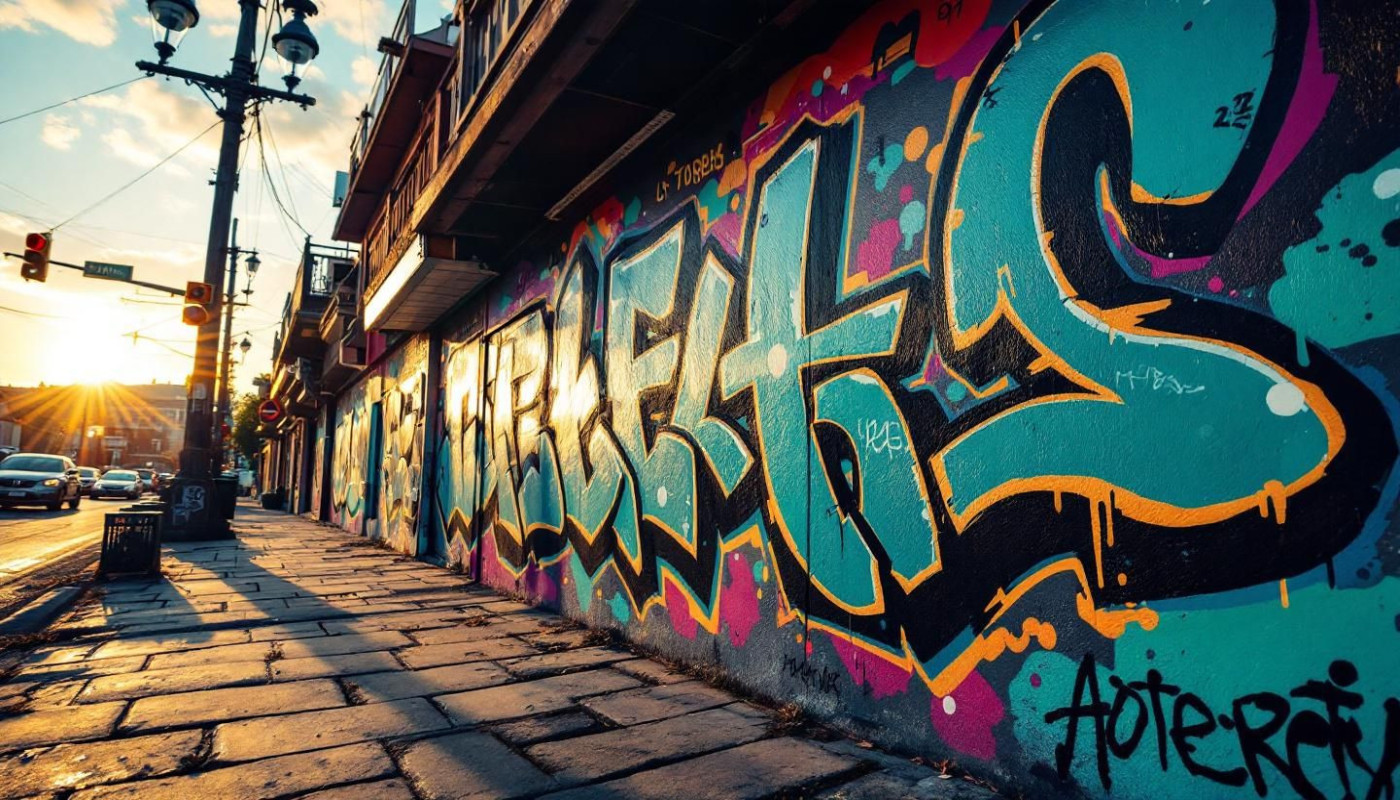Table of contents
Crafting wicker baskets by hand is an age-old tradition that intertwines practicality with the artistry of skilled artisans. At a time when sustainability is of paramount interest, these woven creations exemplify how eco-friendly practices can be seamlessly incorporated into everyday objects. This piece invites readers to delve into the world of sustainable handcrafting, revealing how the simple wicker basket can emerge as a testament to environmental responsibility and aesthetic charm.
Harvesting with Care
The crafting of wicker baskets begins with the meticulous process of sustainable harvesting of materials such as willow and rattan, which are lauded for their status as renewable resources. The technique of selective harvesting is applied to ensure that these valuable plants continue to thrive, contributing to a cycle of regrowth and sustainability. As an expert in sustainability, it is evident that such practices are indispensable in maintaining the balance of delicate ecosystems. By employing environmentally conscious methods, artisans can minimize the environmental impact associated with their craft. This approach not only secures the future of wicker basket crafting but also promotes the use of eco-friendly materials that support the overarching goals of ecological stewardship and resource conservation.
Energy-Efficient Production
Artisans dedicated to energy-efficient handcrafting demonstrate that the creation of wicker baskets can align seamlessly with sustainable practices. Unlike their factory-produced counterparts, artisanal wicker creations benefit from a process that inherently boasts a low carbon footprint. This manual production relies on the skilled hands of craftsmen and craftswomen, utilizing tools that require little to no electricity, thus significantly reducing energy consumption. The time-honored techniques employed not only honor the tradition of wickerwork but also ensure that each piece is a testament to sustainable craftsmanship. By emphasizing the use of locally sourced materials and avoiding the heavy machinery typically involved in mass production, these artisans contribute to a greener, more sustainable future, with each basket woven.
The Longevity of Wicker
When considering the principles of a sustainable lifestyle, the durability of products plays a pivotal role. Durable wicker baskets exemplify this idea, as their robustness extends the product lifecycle significantly. Crafted to stand the test of time, these long-lasting handcrafts align with the values of eco-conscious consumerism by curtailing the frequency at which items need to be replaced. This inherent longevity of wicker not only speaks to the quality of craftsmanship but also to its contribution in minimizing waste. By investing in these resilient creations, individuals can make a positive impact on the environment, fostering a culture of sustainability and mindful consumption. A materials engineer with expertise in natural fibers can attest to the sustainability of wicker, as it is a material that does not necessitate frequent replacements, thus serving both the consumer and the planet.
Eco-Friendly Finishes and Dyes
The use of natural dyes and chemical-free finishes in the handcrafting of wicker baskets presents a significant step toward sustainable basketry. These non-toxic materials are pivotal in preventing the release of volatile organic compounds (VOCs), which are not only harmful to the environment but also pose risks to artisan health. Natural dyes derived from plants, minerals, or insects, eliminate the water and soil pollution typically associated with synthetic dyes. Additionally, baskets treated with chemical-free finishes do not emit VOCs, which are known for contributing to respiratory problems and other health issues among craftspeople. By prioritizing the use of natural dyes and chemical-free finishes, artisans demonstrate a commitment to preserving the environment while ensuring their own health and safety. In tandem with sustainable practices, Storage Solutions become another aspect of the eco-friendly lifestyle that complements the integrity of handcrafted wicker baskets, offering durable and aesthetically pleasing options for organizing and displaying these artisanal creations.
Circular Economy and Wicker Craft
The craft of handcrafting wicker baskets is a sterling example of an art form that aligns seamlessly with the principles of the circular economy. This economic system emphasizes the need to extend the life cycle of products, promote reuse, encourage recycling, and ensure responsible disposal. Wicker, which is typically made from natural, renewable materials like willow, bamboo, or rattan, lends itself effortlessly to a zero-waste handcrafting ethos. These materials are biodegradable, meaning that when a wicker basket reaches the end of its usable life, it can be composted, allowing every part of the basket to return to the earth and nourish new growth.
Moreover, the concept of basket repurposing is gaining traction among environmentally conscious individuals who seek to minimize waste. Old or damaged wicker baskets can be creatively reused in numerous ways, whether for storage, decoration, or even as planters, thus extending their usefulness beyond their initial intent. This dovetails with the cradle-to-cradle design approach, which advocates for products to be created with their eventual disassembly and recycling in mind, ensuring that materials can continually circulate within the economy rather than being discarded.
Experts such as circular economy specialists and environmental policy makers can provide in-depth insights into how wicker basket handcrafting can further adapt to and promote sustainable lifecycle practices. They can offer guidance on how to optimize wicker recycling processes and suggest policies to encourage the adoption of these practices on a larger scale. By embracing the principles of the circular economy, the ancient craft of wicker basketry can continue to thrive in a modern context, providing environmentally responsible products that consumers can feel good about using.
On the same subject






